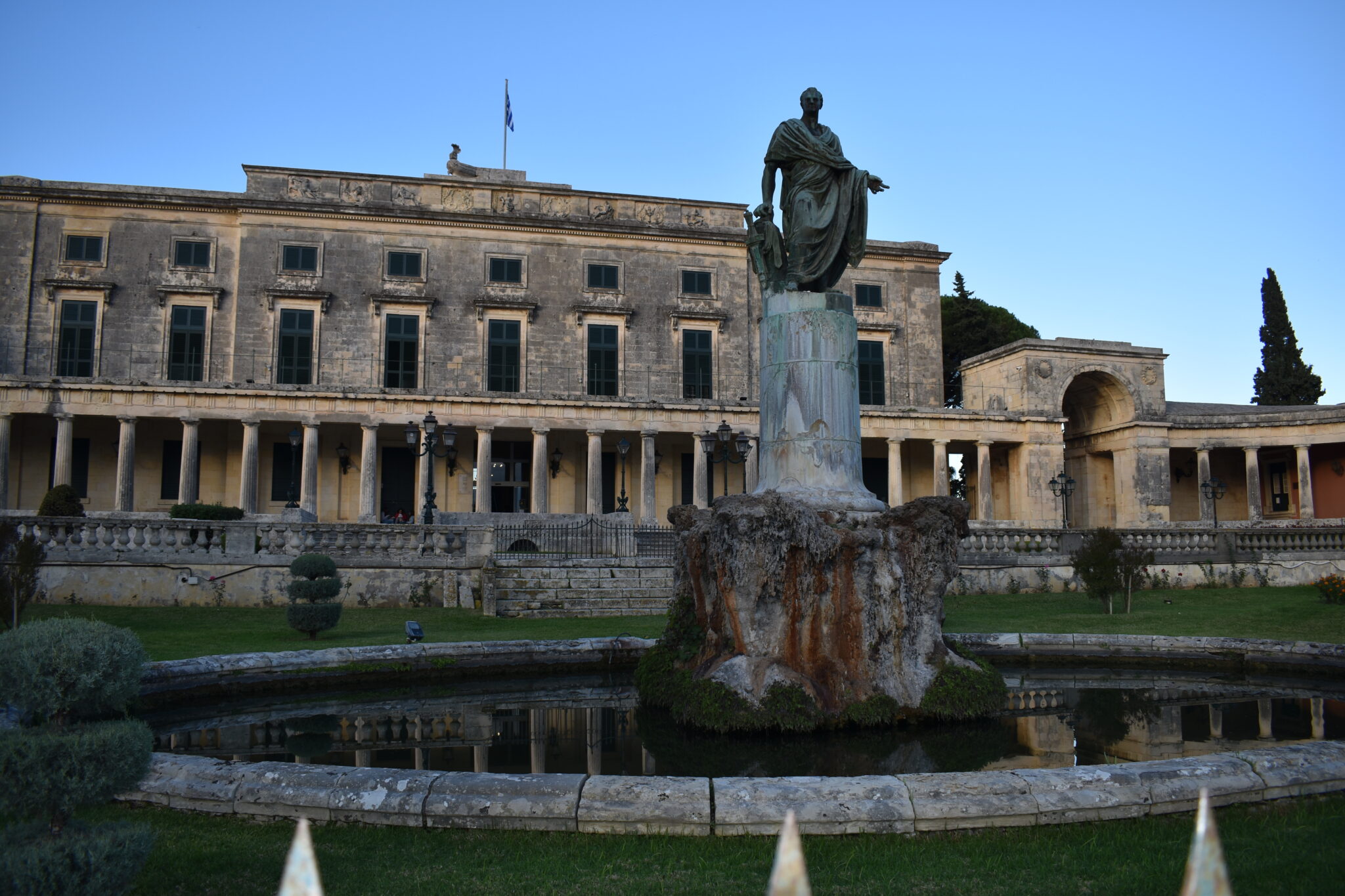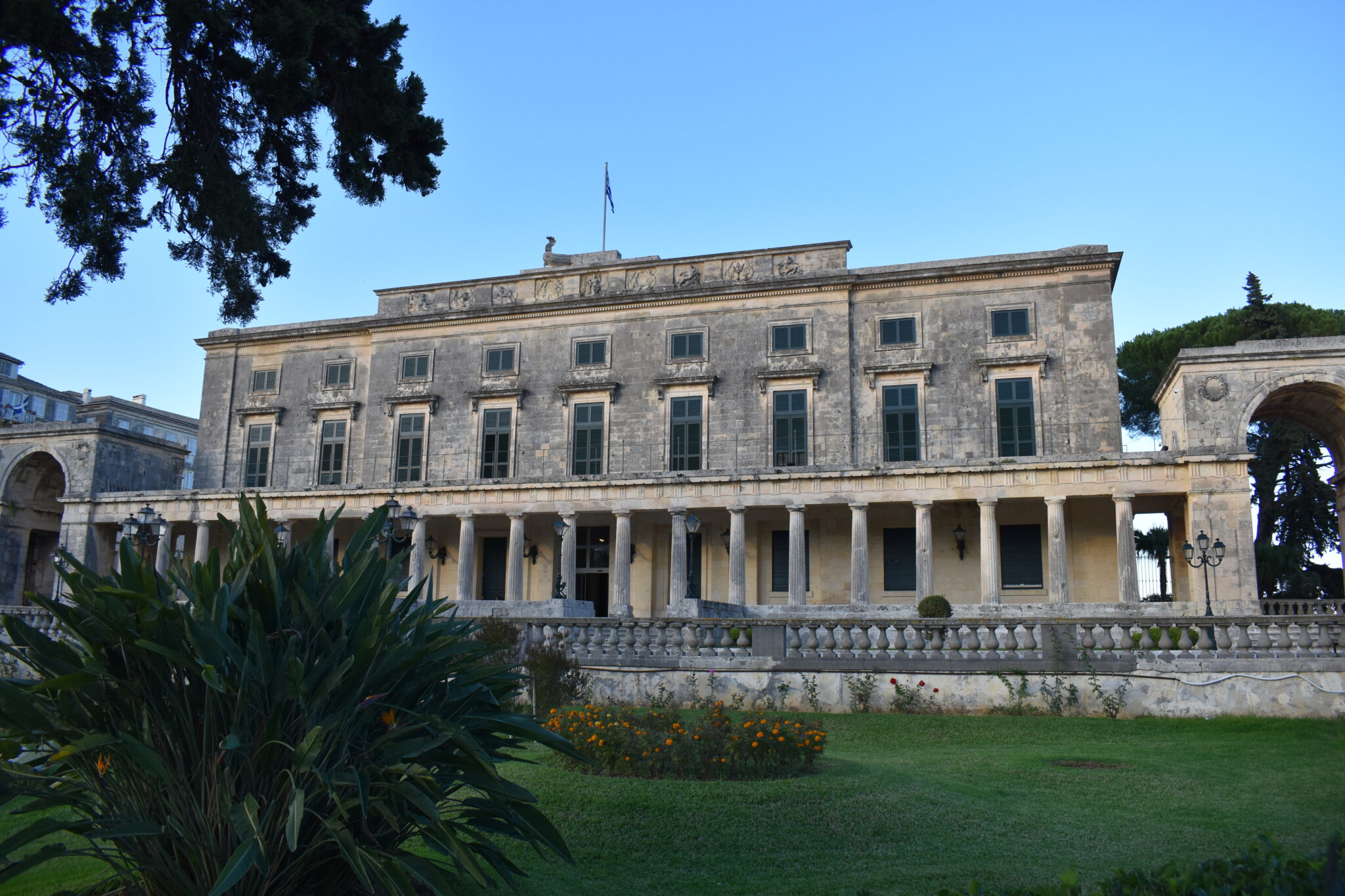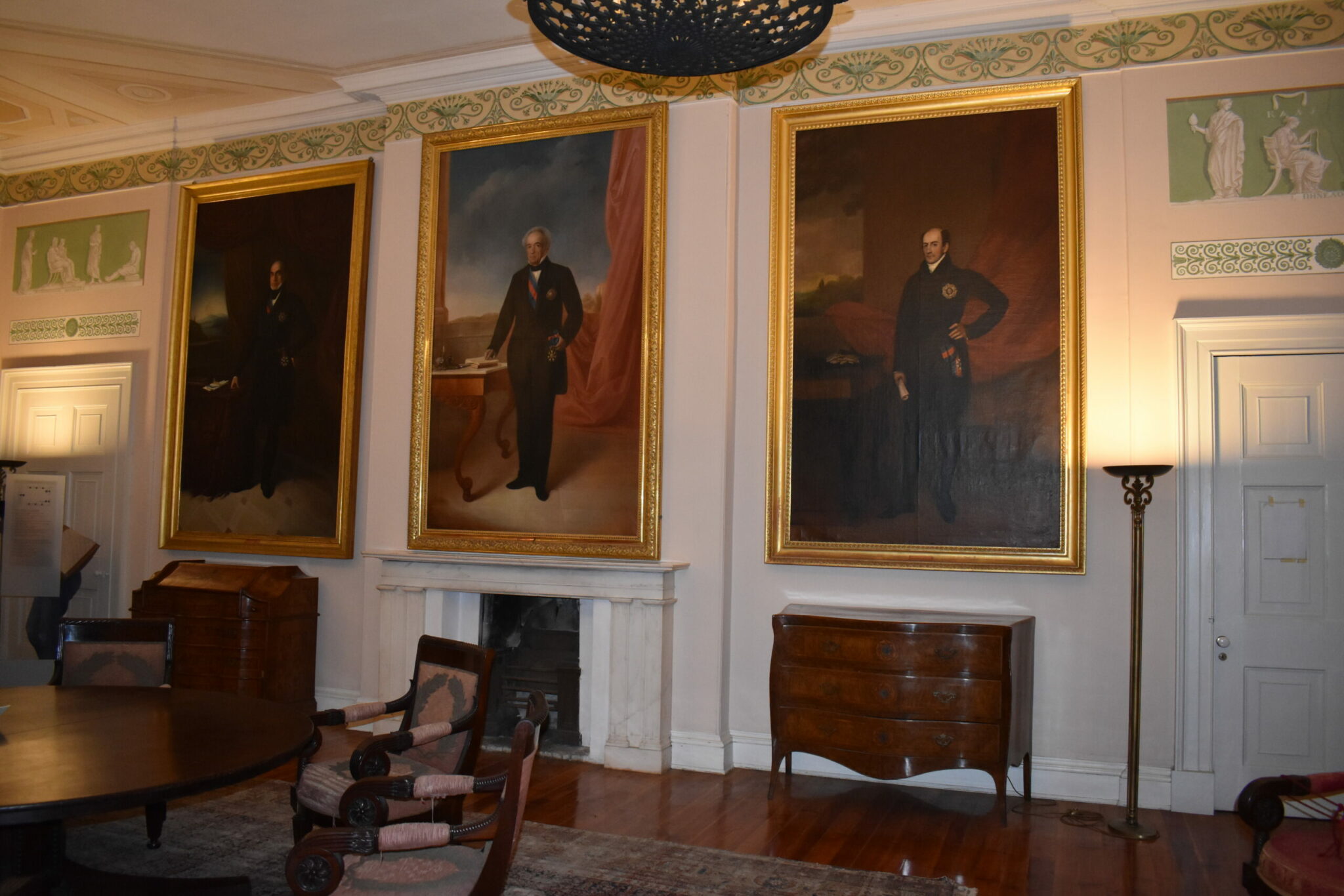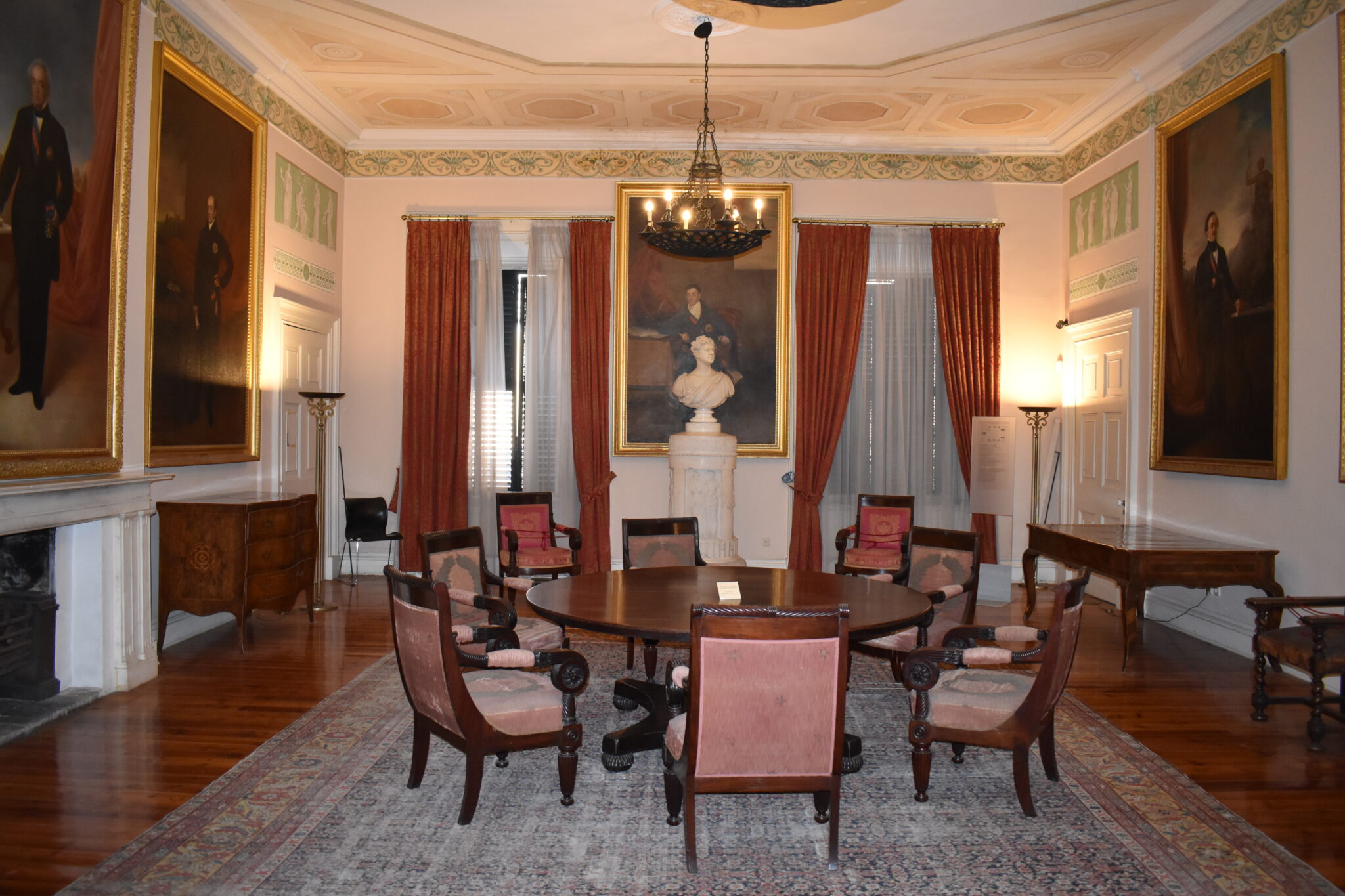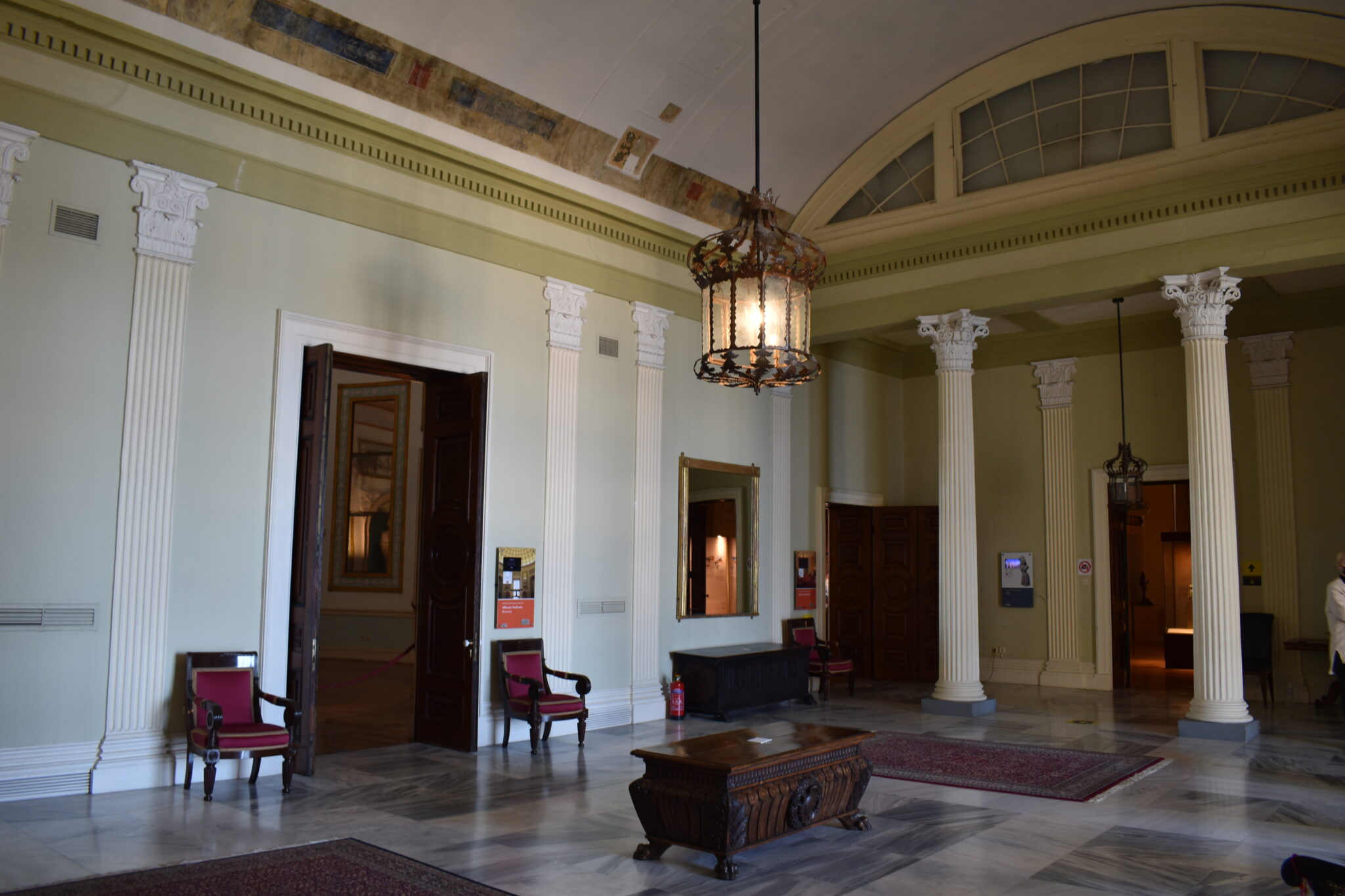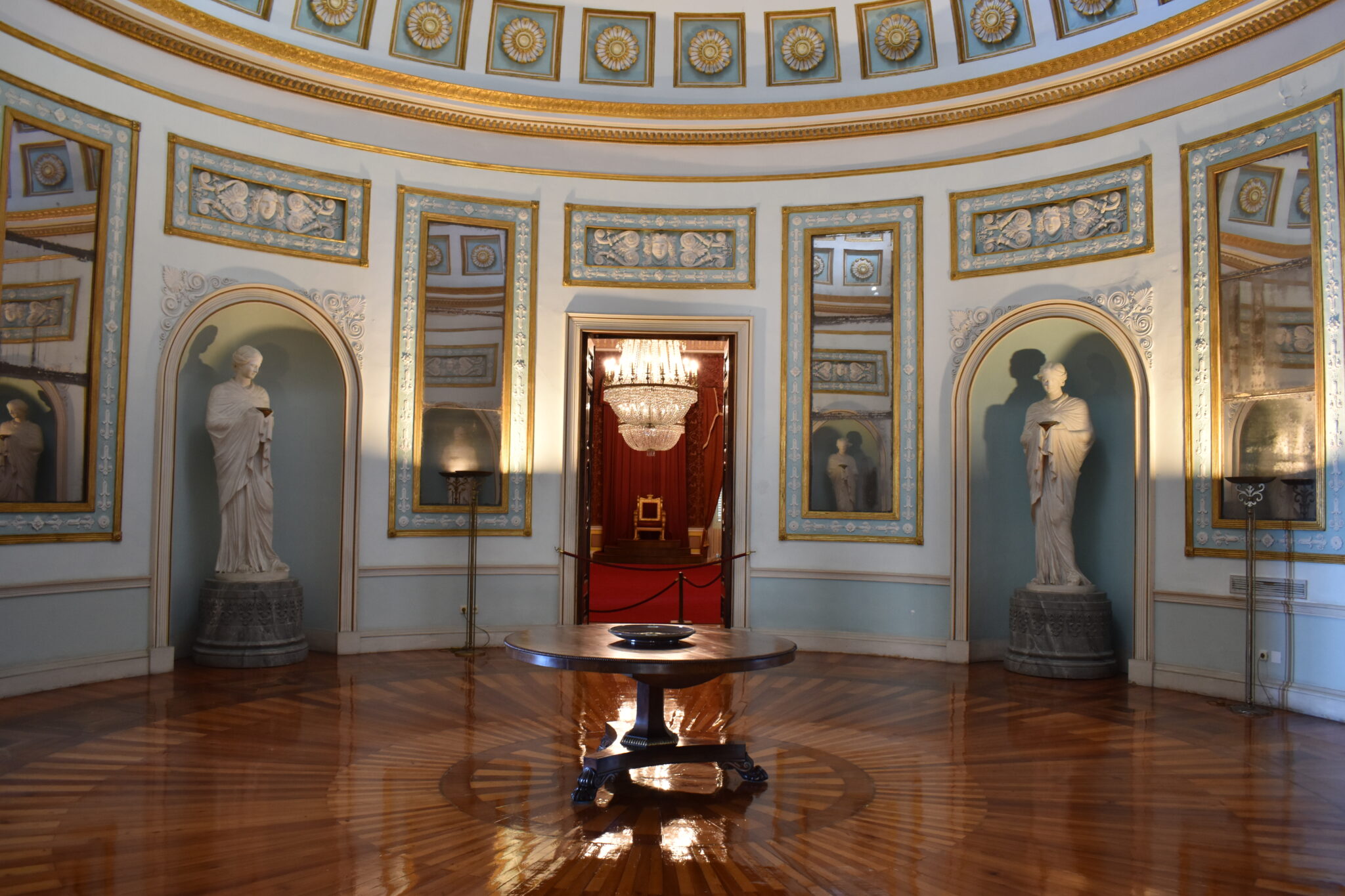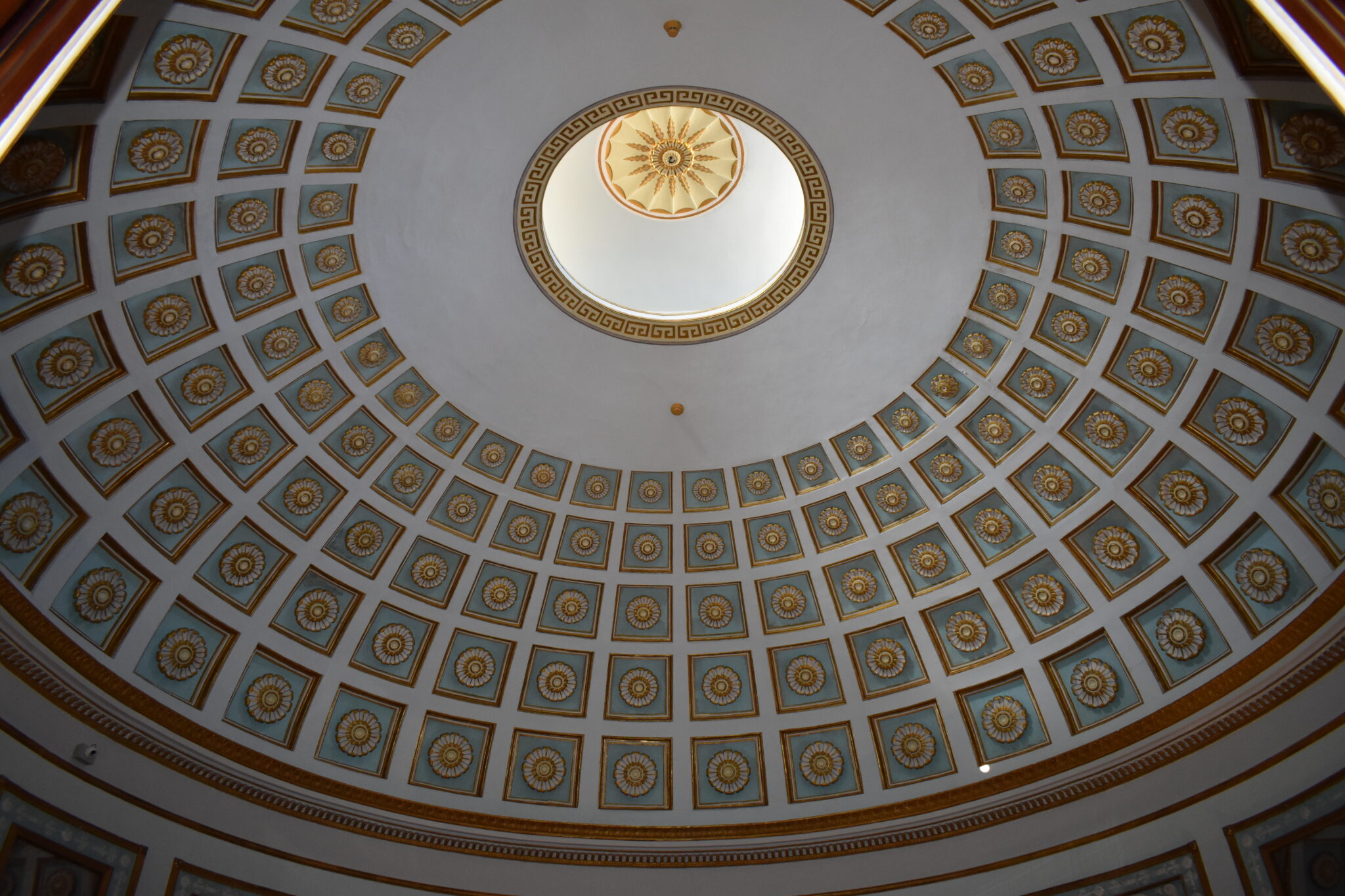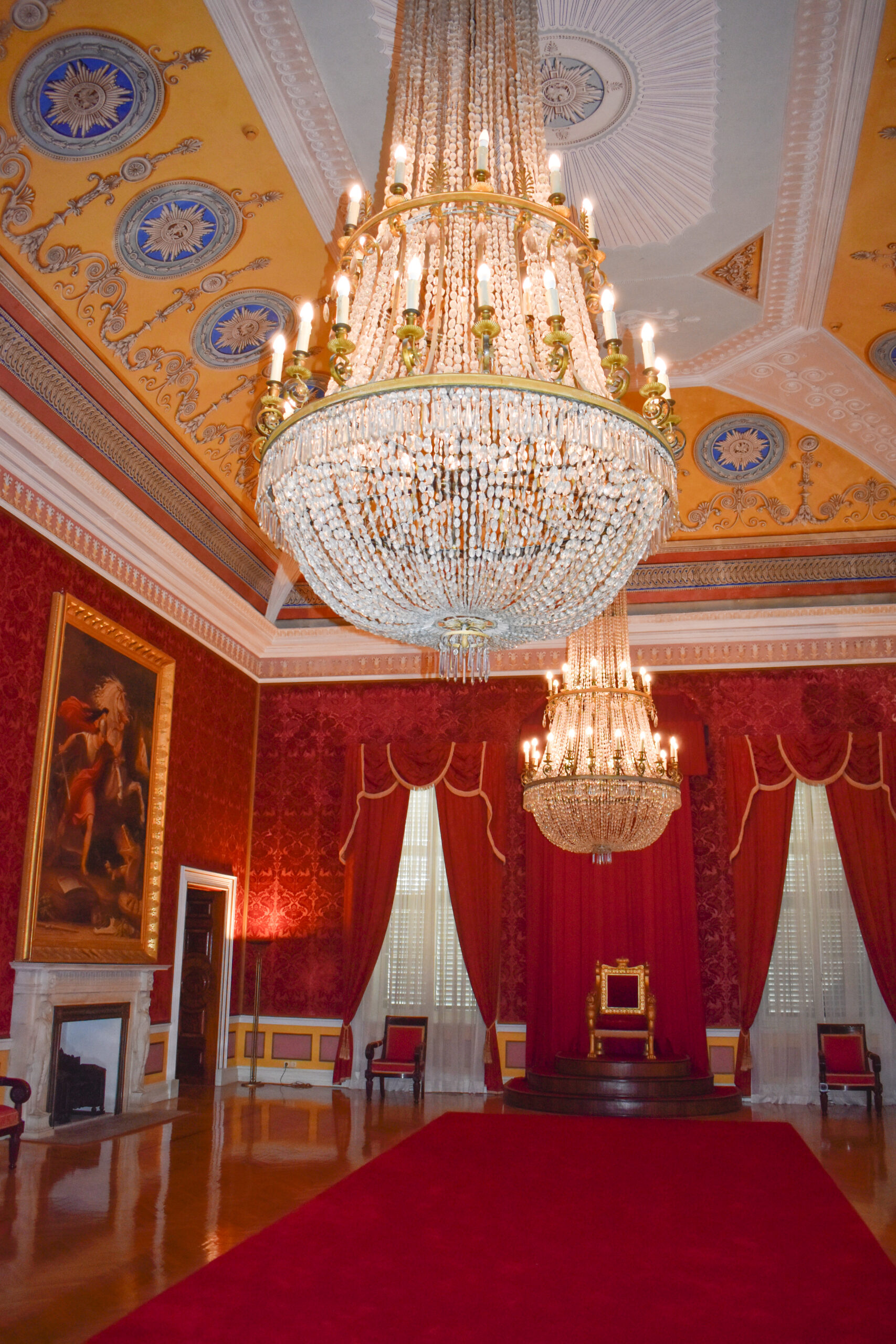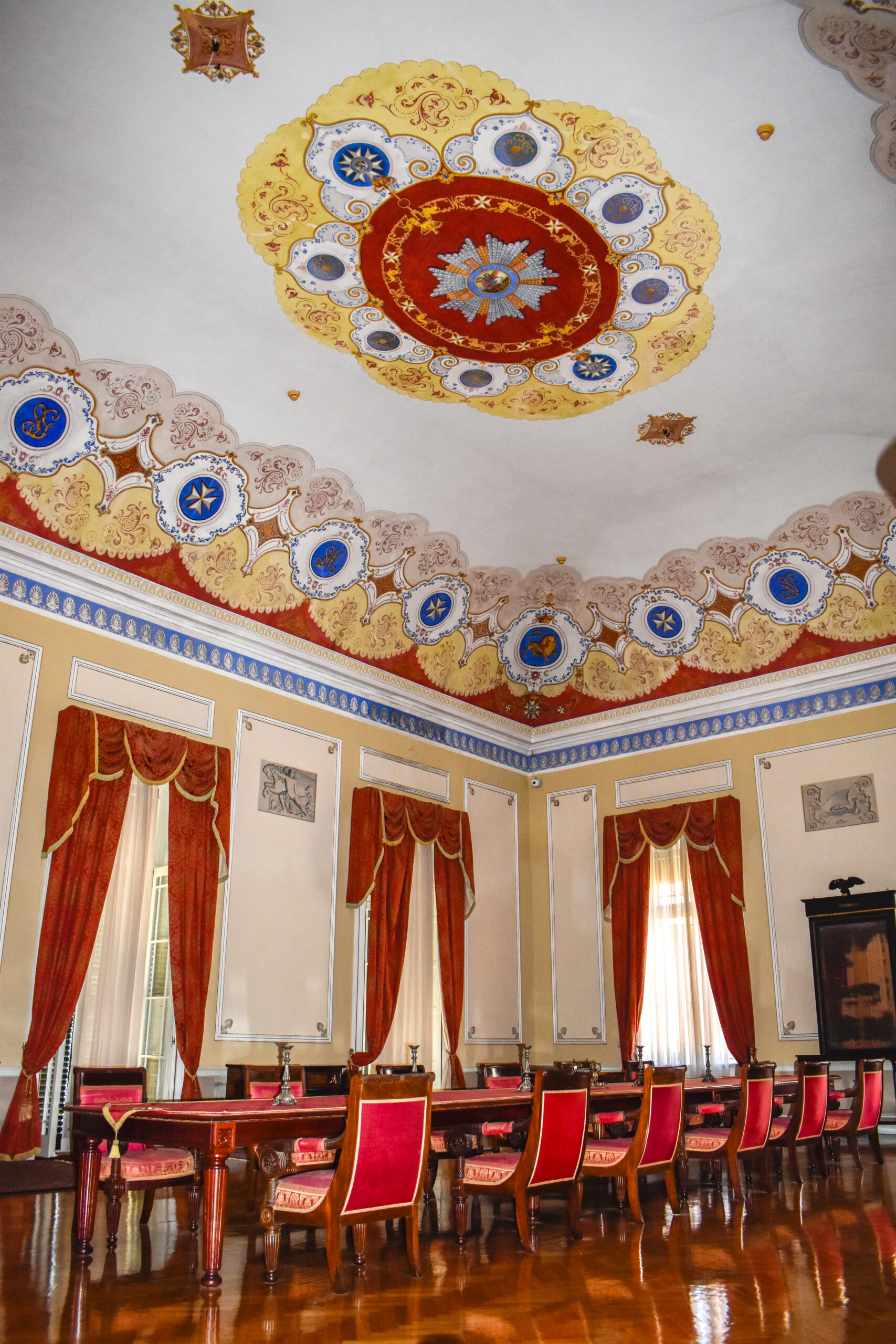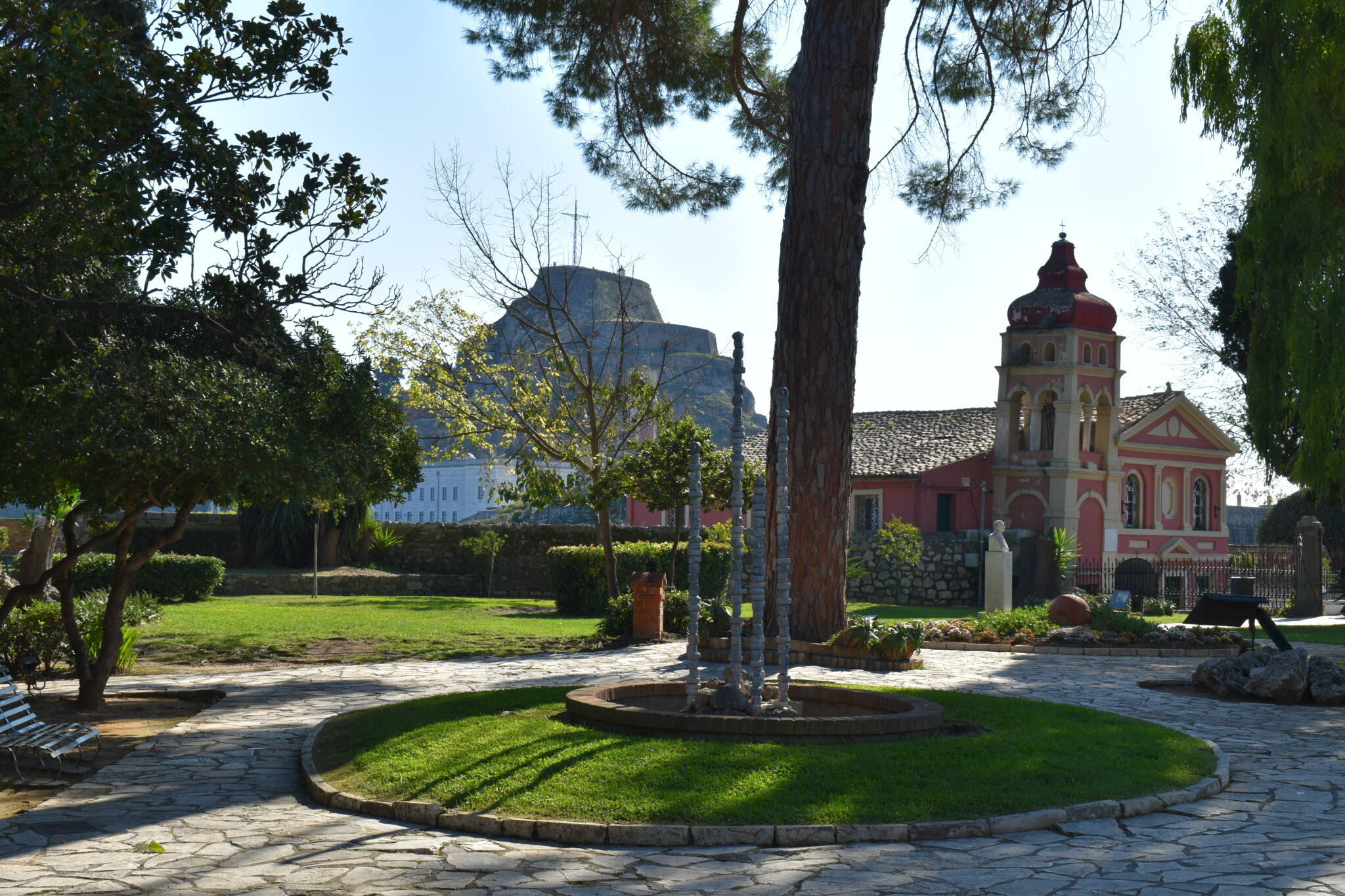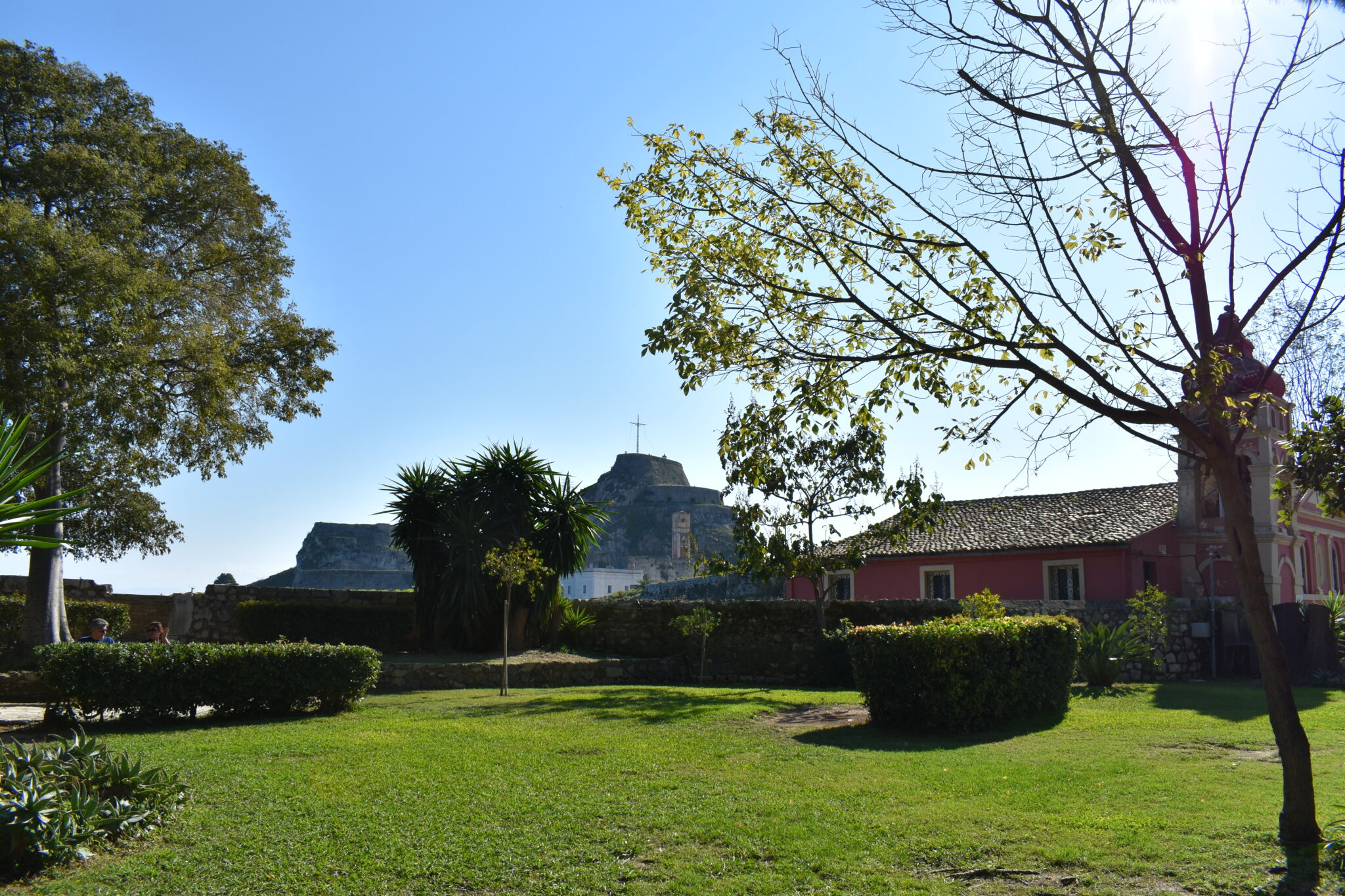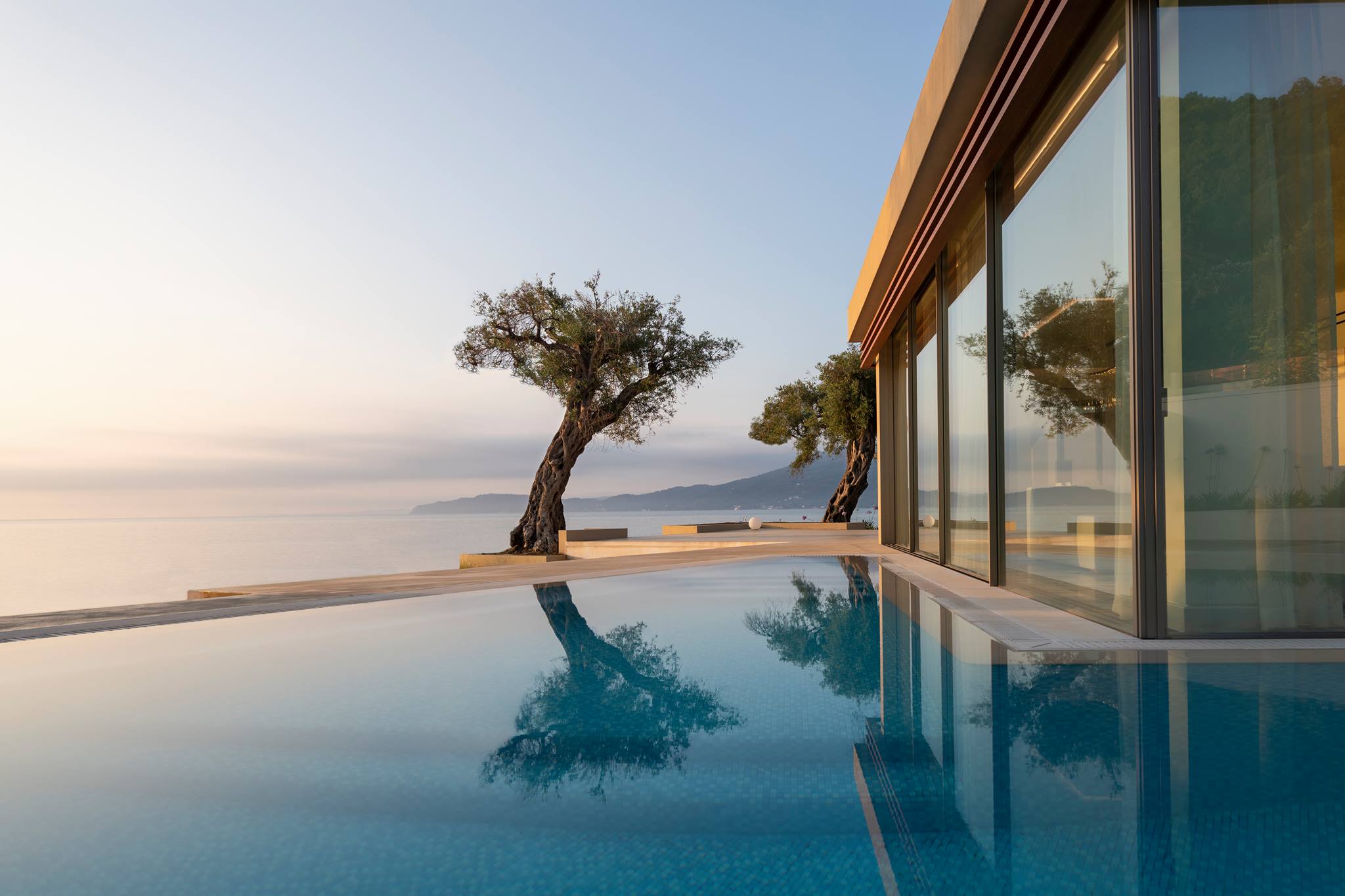Those who’ve visited Corfu know that the fact that it was successively under the rule of different conquerors, with first the Venetians whose rule lasted four centuries, has played a big part in creating its unique character.
After the Venetians, Corfu passed in French hands for almost 15 years, followed by the British rule that lasted 50 years, until the island’s unification with the new Greek state.
The British presence greatly impacted both the island’s culture and the islanders’ everyday life, as the island was a focal point of interest in the Ionian islands for the British. The British left their mark in the road network, the waterworks system, in agriculture and in education. In architecture, large buildings changed the style of Corfu’s old town, combining the English Georgian style with the Greek neoclassical. But how is a monumental British palace linked with Oriental art and what does it mean for modern day Corfu?
The story of the magnificent Palace of St. Michael and St. George starts in the beginning of the 19th century with Thomas Maitland, the first British Lord High Commissioner of the Ionian Islands in Corfu, who decided that the building he was living in, within the walls of the old fortress wasn’t grand enough, and so he requested the building of a new residence on the north side of the Spianada square. The founding of the Order of St Michael and St George in Britain and their relocation to Corfu resulted in the official excuse to build a palace that could be used by the Order. On the day of the celebration of Saint George, in 1819, the founding stone was set, at the location chosen by Maitland, so close to the Venetian castle and the sea, only adding grandeur to the project.
The palace was designed by George Whitmore, a member of the Royal Engineers who was serving in Corfu as Maitland’s lieutenant. The fact that he’d also served in Malta probably influenced his choice of Maltese limestone to make the palace, and also his decision to bring Maltese workers to help build the palace. By 1824, the imposing building was completed. Built in Regency style – the final period of Georgian architecture – it harmoniously incorporated the long line of Doric columns in the front with two symmetrical arched gates that bear the names of the two saints. You can still admire a series of statues representing the Ionian islands that decorated the façade.
As you walk inside this two-storey palace, the majestic feel continues and is strengthened by the use of marble and bronze. The main hall is surrounded by a double row of Ionic columns and is decorated with scenes from the Odyssey. On the ground floor, temporary exhibitions take place, while if you’re lucky and the Order of St Michael and St George’s heirlooms are on display, you’ll have the chance to admire original pieces, like a silk cloak and a silver brooch that belonged to the High Priest of the Order, emblems, medals, paintings, as well as read about the Order’s importance and history.
However, the most important sight on the ground floor is the Ionian Senate Assembly Hall, as the palace also housed the Ionian Senate, that had six members and governed the United States of the Ionian Islands together with the Ionian Parliament. Its presidents and many of the senators were awarded the title of Knight of the Order of St Michael and St George. The six-seater rotunda in the middle of the room, as well as the portraits of distinguished members of the Senate on the walls, are part of the original furnishing.
A grand staircase leads to the first floor where the décor changes, with Corinthian style columns. This is the most impressive part of the palace, where the three main halls used to buzz with activity.
Each hall is more impressive than the previous one. The main Ballroom is an elegant space in simple light blue shades, decorated with mirrors and niches with statues, while the impressive dome resembles that of the Pantheon in Rome, allowing the Corfu sun to enter. The Ballroom has a door on each side, leading to the other two main rooms, the Symposium hall and the Throne room.
The painted ceiling of the main Symposium hall is very impressive, while the Throne room is by far the most stunning hall, with the magnificent crystal chandeliers, the deep read wallpaper, the heavy curtains, the thick rugs, and, of course, the throne on a pedestal. It’s worth noting that all the furniture were designed by the architect, George Whitmore, while the great Corfiot sculptor Pavlos Prosalentis worked closely with Whitmore and is the one responsible for all the carved decorations in the palace.
Unfortunately for him, Maitland never lived in the palace, something beneficial for the people of Corfu as his behaviour was despotic and demeaning, but he was succeeded by Frederick Adam, the new Lord High Commissioner of the Ionian Islands. He showed a great love and interest for the island, ordered the construction of public buildings, improved the water supply system, and in fact married a Corfiot, Nina Palatianou. His work was greatly appreciated by the islanders and his statue, made by Pavlos Prosalentis, is still standing in the palace’s garden.
The palace remained a royal residence even after the unification of the Ionian Islands with the Greek state in 1864. The serious damages the building suffered in the Second World War, especially due to its use as temporary shelter for the immigrants after the Civil War, were restored in 1954, mostly thanks to the donation of the then British Ambassador to Greece, Sir Charles Peake. The three main halls were restored to their previous glory, and the palace was used by King Constantine II, the last king of Greece, for official events while he lived in Mon Repos, the villa that Frederick Adam had originally built.
Today, the palace houses an exotic collection of 11,000 Oriental objects, that answers our question earlier in how a British palace is linked to Oriental art. The Museum of Asian Art is unique in Greece, with objects and artifacts from the Chinese, Japanese, Thai, Korean, Pakistani and Indian cultures. In addition, one of the museum’s wings houses the Municipal Gallery of Corfu and its great collection of paintings by Corfiot painters.
This elegant and peaceful setting is completed by the beautiful gardens that were part of the palace, but now are a public park called Gardens of the People.
Filled with flowers, exotic trees, statues and modern art sculptures, the gardens are one of the most idyllic and scenic parts of the old town of Corfu, with a lovely view of the Venetian castle and the Vido island. If the weather is good and you want to dip in the crystal waters of the Ionian sea, you can just follow the downhill path that leads to the small beach Faliraki that is favoured also by the locals when they want a quick, refreshing swim right next to the town centre.
Read also:
6 special cafés in the old town of Corfu, Greece
Get lost in the old town of Corfu, one of the most idyllic places in the Ionian Sea
Casa Parlante: The aristocratic Corfu of the 19th century comes to life in a museum



